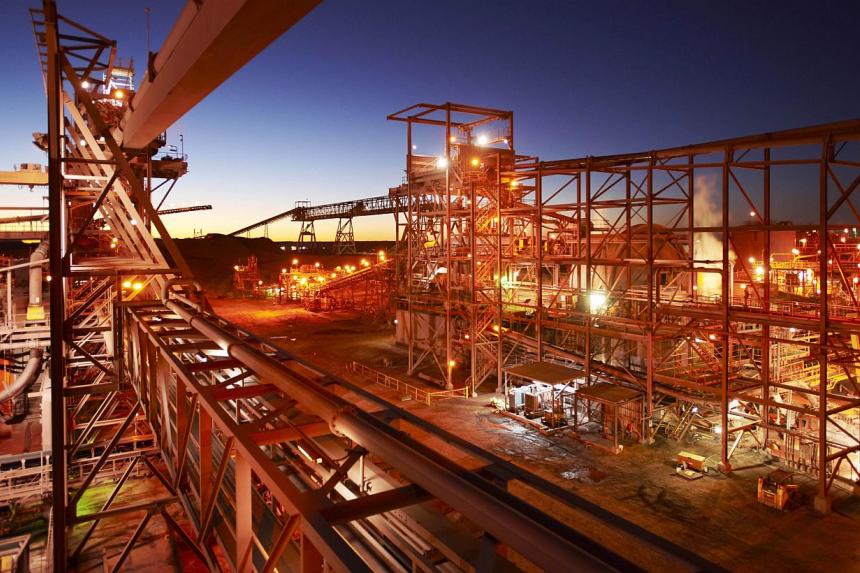SYDNEY (Bloomberg) - A nuclear-power boom in Asia that's set to drive up uranium prices is triggering a resurgence in mining in Australia, home to the world's largest reserves.
Almost US$800 billion of new reactors are under development in the region, driven by China and India where demand is climbing for the emission-free energy.
The value of uranium plunged in the wake of the 2011 Fukushima nuclear disaster in Japan. Now, with contract prices forecast to jump more than 60 percent, suppliers in Australia are planning about half a dozen new mines.
"Australia is very well placed," said Brian Reilly, managing director of Canadian miner Cameco Corp.'s local unit. "China and India will be very significant customers down the track."
The mines on the drawing board in Australia, which holds a third of the world's known uranium reserves, include the Kintyre project, a joint venture between Cameco and Mitsubishi Corp., that won government approval last month.
China will need the equivalent of about 1,000 nuclear reactors, 500,000 wind turbines or 50,000 solar farms as it steps up its fight against climate change. The country in March approved construction of its first nuclear power project since Fukushima brought the program to a standstill.
India also views its push for new power plants as part of its effort to curb global warming. Cameco agreed last month to sell uranium from its Canadian mines to India.
Australia's Prime Minister Tony Abbott last year signed an agreement with India that opens the door for uranium sales and may help producers such as BHP Billiton Ltd. and Rio Tinto Group-controlled Energy Resources of Australia Ltd. Similar accords were signed last decade with China and Russia.
Toro Energy Ltd. expects production at its Wiluna mine to start in 2017 or 2018, Chief Executive Officer Vanessa Guthrie said in an a phone interview. The company has been seeking to bring in an Asian partner and "in the last few months, the interest in Wiluna in particular, and in the uranium market in general, has really started to increase," she said.
Cameco's Yeelirrie mine and the Vimy Resources Ltd.-led Mulga Rock project are also planned in Western Australia, which lifted a ban on uranium mining in 2008. Exports from the four projects could exceed A$1 billion a year by the end of the decade if prices recover, the state government estimated.
Exports from Australia are forecast to rise at an average annual rate of 8 per cent, according to government estimates. The country supplies about 11 per cent of global output and has about 31 per cent of the world's reserves.
The expansion of new mines in Australia has been dogged in the past by government prohibitions and opposition from environmentalists. The Labor Party dropped its more than two-decade long ban on new uranium mines in 2007, while leaving state governments with the power to reject mining proposals.
While the nuclear-power boom in China and India bodes well, the industry faces headwinds in the form of bulging inventories as the planned mines in Australia wait for higher prices to kick in.
Both Cameco, which says price uncertainty makes it too hard to estimate when Kintyre will begin, and Toro need long-term contract prices to jump more than 35 per cent from current levels of about US$50 a pound to make their projects viable. Contract prices are forecast to rise to about US$80 a pound in 2020, according to JPMorgan Chase & Co.
"When the market turns, we've seen this historically, it will typically turn quickly and sharply, and we need to be ready," said Cameco's Reilly.

